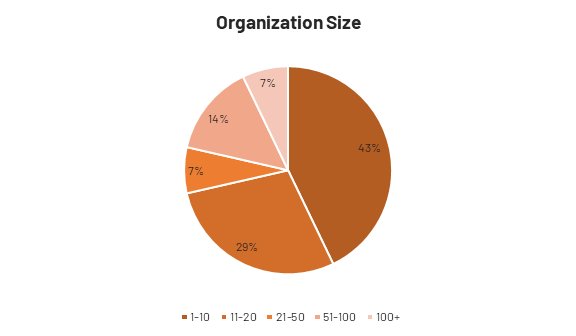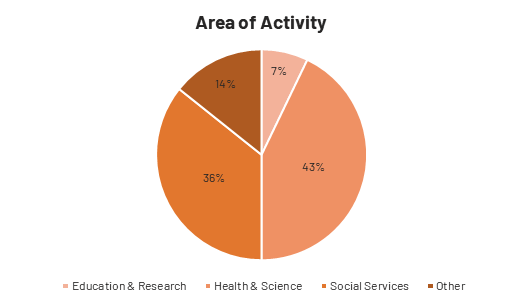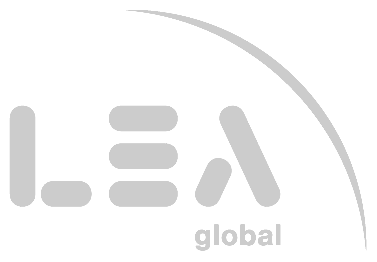INTRODUCTION
During Fall 2021, FL Fuller Landau decided to take the pulse of some Montreal area not-for-profit organizations (NPOs). We chose a mix of clients and contacts to share difficulties encountered and lessons learned during the COVID-19 pandemic. This was thought of as a way to help NPOs take steps forward to emerge stronger from the pandemic and hopefully find a silver lining to the COVID cloud that has hung over our heads for some 20 months…and counting. A total of 17 organizations of 50 polled took the time to participate in the hope of sharing the wealth of learning and experiences gained during COVID. While not statistically significant, you may be inspired, after reading the results, to add a few things to your own toolbox. The survey was divided in nine parts, to cover a range of topics from capacity building to impact evaluation, and everything in between. We hope that you will benefit from the read!OUR SURVEY RESULTS
Management, Finance and Accounting
On most days, NPOs evolve in a chaotic environment, adapting to new variables in their ecosystem, striving to meet their stakeholders’ needs. The use of technology and all the tools provided by technology help alleviate some of the daily operational pain. However, policy, procedures and processes must be established, implemented and adhered to in order to maintain an organization’s solid foundations, and most importantly, ensure that the appropriate, recurring controls safeguard the organization and all the stakeholders who have a mixed bag of needs and expectations. Some highlights worth noting:- To the question “Do you use an online software to streamline your finance and accounting processes and operations?”, over 70% of respondents indicated that they use an online software for finance and accounting. These programs include Quickbooks, Sage, Financial Edge, Avantage and Simply Accounting (in order of most to least popular).
- To our surprise 94% of respondents have an organizational chart that clearly defines the structure of their organization and the relationships between their various departments. In addition, 82% of respondents have employees’ roles and responsibilities clearly defined in job descriptions.
- A large portion (88%) of our respondents believe their internal controls ensure segregation of duties and allocation of resources and provide sufficient accountability to safeguard the organization’s assets.
However, there is still room for improvement, as only 65% of our survey respondents stated that they review their internal controls annually. Needless to say, this process is of paramount importance to ensure a safe, effective and efficient organization and to safeguard the assets of all stakeholders.
Database Management
Database management is key to the survival AND the growth of an NPO. Adoption of effective and efficient technology is one thing, however, keeping the database “clean” and up to date is vital to success… Remember the adage “garbage in, garbage out”, no matter how good the system in place may be. 65% of our respondents use a Client Relationship Management system (CRM) to maintain donor and/or volunteer databases. The most popular platforms are Raiser’s Edge, a specialty software made specifically for NPO fundraising and donor management, and Salesforce, which is a robust, widely used CRM in a variety of organizations, for profit or not-for-profit alike. Licensing costs, after-sales customer care and integration with other software, are probably some of the most important considerations when looking for a new database management system.Governance
As you well know, governance is the cornerstone of healthy not-for-profit organizations. To this end, 59% of respondents say their board plays an active and involved role within their organization, while 35% of respondents said their board is happy to perform in a supervisory and consultative role. Overall, most organizations (70%) have an open and harmonious relationship with their board, while 12% benefit from a formal and hierarchical relationship, and another 12% deal with a quasi-inexistent relationship. There is room for improvement as only 53% of respondents have a selection committee in place for board members, while 30% of respondents admit that they don’t, and 17% did not reply to this question.Impact Evaluation
Impact evaluation is defined by the Organization for Economic Co-operation and Development (OECD) as “an assessment of how the intervention being evaluated affects outcomes, whether these effects are intended or unintended.” It is one area where NPOs typically struggle the most. However, we were pleasantly surprised to note that 35% of our respondents report on their impact yearly, 18% biannually, 18% quarterly, and 12% monthly while only 12% admit doing so only on rare occasions. In addition, during the pandemic, close to half (48%) of survey respondents have noted a modest increase in the demand for their organization’s services, 30% a significant increase and 12% no changes. All in all, over 75% of respondents have therefore noted an increase in the overall demand of their organization’s services.Organizational Capacity Building/Development
Organizational Capacity Building/Development is another area where not-for-profit organizations typically struggle. In our survey, 35% of respondents strongly agreed that increasing their teams’ competence and problem-solving capacities in a sustainable manner is a constant challenge, 29% agreed and 18% disagreed. Over 60% of respondents therefore agree that increasing their teams’ competence and problem-solving capacities in a sustainable manner is a constant challenge. When it comes to changes in their organization’s capacity (since the beginning of the pandemic), 18% noted a significant increase, 24% noted a modest increase, 14% noted no change, and 12% noted a modest decrease. When asked which measure (or action) their organization was forced to implement, and has had the biggest impact, 35% considered that virtual fundraising was the most significant change, while 30% had to implement hybrid workplace processes. Not surprisingly, since the beginning of the COVID pandemic, 70% of respondents have adopted or shared the desire to adopt a hybrid workplace model.Marketing
Marketing is one of the pillars of fundraising, yet not all of our respondents are fully onboard, likely due to lack of skilled resources. Marketing, and particularly digital marketing, is becoming more and more complex. A solid 76% of respondents said their organization uses social media to educate people about their mission. However, only over half (53%) of respondents said their organization uses social media platforms to fundraise. There is clear missed opportunity here for the other half. Start small. Experiment. Hire a digital marketing intern. Outsource social media to a freelancer. You will soon see the benefit and understand why it is not an expense, but rather an investment. Among those respondents, Facebook (71%), LinkedIn (58%) and Instagram (58%) are the most used, while Twitter is not used much (18%) and TikTok clearly hasn’t gained popular traction just yet, with 12%. Some platforms are more expensive than others, but Facebook, as an example, can do miracles on a very small budget. You’ll be surprised!Fundraising
On average, respondents said that about 10% of their fundraising was done virtually before the pandemic. As of this survey, 62% of their fundraising is being done virtually, and it is expected that virtual fundraising will represent 50% of their total fundraising, going forward. However, when asked if their organization had successfully shifted to virtual fundraising, only 23% strongly agreed, while 30% agreed, 18% disagreed and 5% strongly disagreed. Among others, respondents said that their most innovative fundraising ideas included virtual events, crowdfunding, launching an e-talk show, online auctions, concerts on Facebook live and virtual sporting events (hike, bike rides, etc.). Given the success of these events, 60% of respondents plan on continuing virtual fundraising in their strategic planning.Cybersecurity
We were pleasantly surprised to learn that over 75% of respondents think that their organization has the necessary technology in place to prevent data breaches and maintain data integrity. However, we did not ask if this has been strategically verified through various methods such as penetration testing. Sometimes, the only way to know is to try it in a controlled environment. However, only 40% have a disaster recovery plan to safeguard donor information. This is a significant risk that should definitely be at the forefront of every NPO organization, since donor information is the crux of any NPO organization.Diversity and Inclusion
Montreal certainly shows a diverse and inclusive face to the world, but only 40% of respondents say that their organization had implemented diversity and inclusion measures to ensure adequate representation on the board.CONCLUSION
We hope that this survey will spark a few ideas and encourage you to take steps towards improving the great work that you are already doing, in each of your organizations.WE’RE HERE TO HELP
Whether you have a question about management, finance or accounting for your NPO, please do not hesitate to contact a member of our team, who will gladly assist you or introduce you to someone who can.SURVEY DEMOGRAPHICS – N = 17












